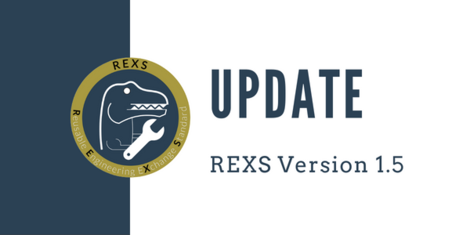New in version 1.5:
- Referencing external data sources
- Exchanging REXS models in JSON file format
- Identification of attributes as "user_defined" or "calculated"
- New date_time data type
- Various attribute extensions and modifications. These are documented in the REXS database.
The latest release, REXS 1.5, makes it possible to reference external data sources. For example, components and their subcomponents and relations can now be used in a REXS file without duplicating them. This allows REXS files to have a more modular structure.
Transferring data from calculation programs often results in redundancy and overdetermination. This leads to the question of which data was provided by the user and which was calculated. The new “origin” tag can be used to define whether a value was calculated or user-specified. This makes it easier to decide which values should be taken from the model when importing the data. With this change, models can be transferred consistently from one software tool to the next.
It was also established that REXS models can be represented in JSON file format.
Changes to the REXS specification:
Modifications to the specification resulting from user requirements are published annually in a new release. Requirements and change requests are collected in a public ticket system and presented to the Change Control Board (CCB), which oversees and guides the REXS development process. This ensures target-oriented development of the standard.
Up to and including REXS 1.4, the specification included requirements for the consistency and completeness of models. These are omitted from REXS 1.5, as the specification itself should allow for a wide range of modeling options and modeling depths without being overly restrictive. This flexible base specification can be supplemented by modeling guidelines which define additional boundary conditions for specific applications.
The "left" and "right" viewing direction can be defined separately for each component which has a coordinate system. In particular, the u-axis of a component on a shaft does not necessarily need to point in the same direction as the u-axis of the shaft itself.
To learn more about REXS, visit www.rexs.info.

